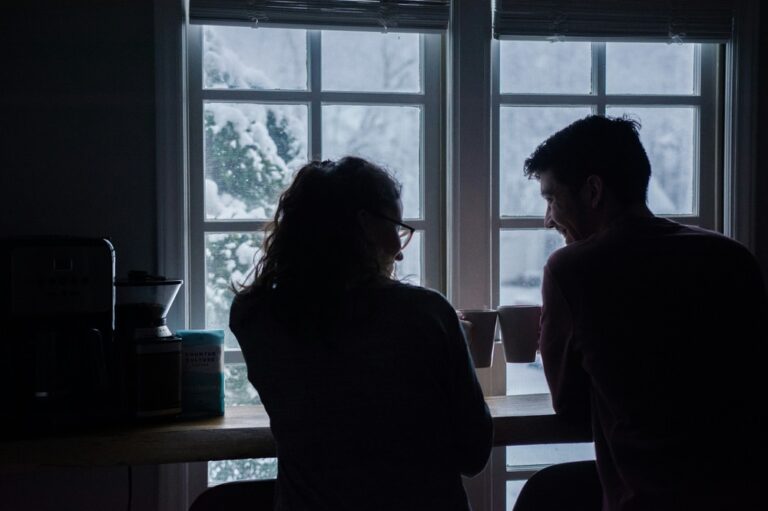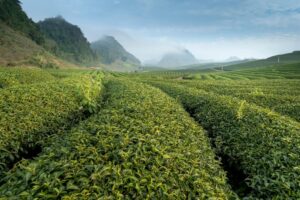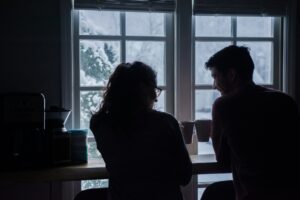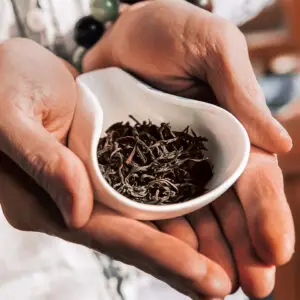Caffeine is a naturally occurring stimulant found in various beverages, most notably tea and coffee. Understanding the caffeine content of these drinks is crucial for consumers making informed choices about their consumption, particularly those sensitive to caffeine’s effects. This article provides a comprehensive, scientifically-backed comparison of caffeine levels in oolong tea and coffee, going beyond simple comparisons to explore the complex interplay of factors that influence caffeine content and its physiological effects.

Understanding Caffeine Content in Beverages
Caffeine (1,3,7-trimethylxanthine) is a methylxanthine alkaloid with the chemical formula C8H10N4O2. It acts as an adenosine receptor antagonist in the central nervous system, blocking the binding of adenosine and thus preventing the onset of drowsiness and promoting alertness.
- Tea:
- Plant Variety: Camellia sinensis has two main varieties: sinensis and assamica. Assamica varieties generally contain higher caffeine levels.
- Growing Conditions: Higher altitude and increased sunlight exposure can lead to higher caffeine production in tea plants as a stress response.
- Processing Methods: Oxidation levels can influence caffeine extraction during brewing. While oxidation itself doesn’t create caffeine, it can break down cell structures, potentially leading to more efficient caffeine release.
- Leaf Age: Younger leaves (buds and first few leaves) generally have higher caffeine concentrations than older leaves.
- Coffee:
- Bean Species: Coffea arabica typically has lower caffeine levels than Coffea robusta.
- Roasting Level: Lighter roasts often retain more caffeine than darker roasts, as caffeine is degraded during the roasting process, though the effect is relatively small.
- Brewing Method: Espresso brewing generally results in a higher concentration of caffeine per volume compared to drip brewing due to the higher pressure and shorter extraction time. However, a larger cup of drip coffee may contain more total caffeine than a single shot of espresso.
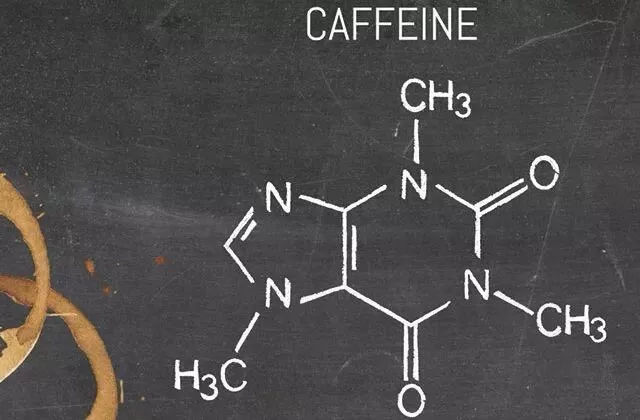
Table 1: Caffeine Content in Various Beverages
| Beverage (8 oz) | Caffeine (mg) |
|---|---|
| Coffee | 95 |
| Black Tea | 60-75 |
| Oolong Tea | 30-50 |
| Green Tea | 25-35 |
| Dark Tea | 14-70 |
Oolong Tea Caffeine vs Coffee: Direct Comparison
Coffee is widely recognized for its relatively high caffeine content. An 8-ounce cup of drip coffee can contain between 131 and 200mg of caffeine. Oolong tea, in contrast, typically contains between 29 and 99mg of caffeine per 8-ounce serving, depending on the variety and brewing method.
But the story doesn’t end with simply comparing milligram numbers. The physiological effects of these beverages are also shaped by other compounds, most notably L-theanine in the case of oolong tea.
L-theanine (γ-glutamylethylamide) is a non-protein amino acid found almost exclusively in tea (Camellia sinensis). It crosses the blood-brain barrier and modulates brainwave activity, promoting relaxation without causing drowsiness. What does this mean in practical terms? Well, research suggests that L-theanine can reduce anxiety and improve cognitive function, particularly in combination with caffeine.
Consider this: a hypothetical student preparing for an exam might experience anxiety and restlessness after consuming a cup of coffee containing 150mg of caffeine. However, the same student might experience a calmer, more focused alertness after consuming a cup of oolong tea containing 50mg of caffeine and a significant amount of L-theanine. As demonstrated in the study by Giesbrecht et al. (2010), the combination of L-theanine and caffeine can lead to improved cognitive performance and reduced anxiety compared to caffeine alone.
This synergistic effect highlights a key point: it’s not just about the quantity of caffeine, but also about the quality of the caffeine experience.
Table 2: Direct Comparison of Caffeine Content and Effects
| Beverage | Caffeine Content (8 oz) | Energy Effect |
|---|---|---|
| Drip Coffee | 131-200mg | Rapid onset of alertness, potential for anxiety/jitters |
| Oolong Tea | 29-99mg | Gradual onset of alertness, improved focus and attention, reduced anxiety |
| Red Bull | 75mg | Rapid onset of alertness, short-lived boost, potential for anxiety/jitters due to high sugar content and other stimulants |
Different Types of Oolong Tea and Their Caffeine Content
Oolong tea encompasses a wide variety of styles, each with its own unique flavor profile and caffeine level. The caffeine content of an 8-ounce cup of oolong tea typically ranges from 15 to 70 mg, but this can vary significantly depending on the specific cultivar, oxidation level, and brewing method .
However, even within oolong tea, caffeine levels are not uniform. Why? Because the oxidation level of the tea leaves plays a significant role. The more oxidized the tea, the more opportunities there are for certain chemical changes to occur during processing that can influence caffeine extraction during brewing (though the exact mechanisms are still being studied). This is why a highly oxidized oolong like Eastern Beauty tends to have a higher caffeine content than a lightly oxidized High Mountain Green Oolong.
Table 3: Caffeine Content of Different Oolong Tea Types
| Oolong Type | Caffeine Content (12 oz cup) | Oxidation Level |
|---|---|---|
| Eastern Beauty | 68-102 mg | High |
| Iron Goddess of Mercy | 50-75 mg | Medium |
| Dong Ding Oolong | 40-60 mg | Medium-High |
| Phoenix Dan Cong (General) | 40-75 mg | Medium-High |
| High Mountain Green Oolong | 30-55 mg | Low |
For those seeking a gentler energy lift, a High Mountain Green Oolong might be a better choice. As Table 3 illustrates, this type of oolong generally has a lower caffeine content. On the other hand, if you’re looking for a more robust caffeine kick within the oolong family, an Eastern Beauty might be more appealing. For general, I will recommend Phoexnix Oolong -Dancong, due to its flavour and variety of oxidation level.
Brewing Methods and Their Impact on Caffeine Levels
Brewing methods significantly influence the amount of caffeine extracted from oolong tea leaves. In fact, you could argue that how you brew your oolong is just as important as which oolong you choose. The key factors affecting caffeine extraction are water temperature, steeping time, leaf-to-water ratio, and agitation.
- Water Temperature: Caffeine is water-soluble, and its solubility increases with temperature. So, the hotter the water, the more caffeine you’ll extract.
- Steeping Time: The longer you steep, the more caffeine you’ll get. While most of the caffeine is released in the first few minutes, continued steeping will draw out additional caffeine.
- Leaf-to-Water Ratio: More tea leaves relative to the amount of water means a more concentrated brew and a higher caffeine content.
- Agitation: Stirring or otherwise agitating the tea leaves during brewing increases caffeine extraction by increasing the rate of diffusion of caffeine molecules from the tea leaves into the water.
Consider this example, based on the research: Brewing 5 grams of oolong tea leaves in 100 ml of water at 100 degrees Celsius yields significantly more caffeine (67 mg) than brewing the same amount of tea at a cooler temperature (20 degrees Celsius, which yields only 2.2 mg). This illustrates the dramatic impact of water temperature on caffeine extraction.
Compared to coffee, oolong tea generally offers a lower caffeine ceiling, but brewing methods provide a powerful tool for controlling your caffeine intake.
Get details brewing methods for oolong tea.
Conclusion
In the ongoing debate of Oolong Tea Caffeine vs Coffee, we can see there is no clear winner. This is because The caffeine content of oolong tea and coffee varies significantly depending on a multitude of factors, including plant variety, growing conditions, processing methods, and brewing techniques. While coffee generally contains higher levels of caffeine, oolong tea offers a unique combination of caffeine and L-theanine, which may result in a different physiological experience characterized by sustained alertness and improved focus. This synergistic effect has been shown to improve cognitive performance and reduce anxiety.
FAQ
How does the caffeine content in oolong tea compare to coffee?
Oolong tea generally has less caffeine than coffee. A 100ml serving of oolong tea typically contains 15-40mg of caffeine, while the same amount of coffee can contain 30-100mg. A 12oz cup of coffee can range from 120-150mg of caffeine, while a similar serving of oolong tea typically contains about one-quarter to one-third of that amount.
Does the oxidation level of oolong tea affect its caffeine content?
Yes, the oxidation level of oolong tea can influence its caffeine content. Highly oxidized oolong teas, such as Eastern Beauty, tend to have more caffeine (68-102mg per 12oz cup), while less oxidized oolongs, such as Aged Oolong, tend to have less (25-51mg per 12oz cup).
How do brewing methods impact caffeine levels in oolong tea and coffee?
Brewing methods significantly affect caffeine levels in both beverages. In oolong tea, using a small vessel with a high leaf-to-water ratio, along with longer steeping times and higher water temperatures, increases caffeine extraction. Similarly, in coffee, brewing methods like espresso result in higher caffeine concentrations compared to methods like Americano.
What is the recommended daily caffeine intake, and how does it relate to oolong tea consumption?
Healthy adults should generally limit their caffeine intake to no more than 400 milligrams per day. The FDA suggests that up to 400mg of caffeine is safe for most adults. This equates to approximately 8-16 cups of oolong tea, depending on the specific caffeine content of the tea and the brewing method.
How does the energy boost from oolong tea compare to coffee?
Oolong tea provides a more balanced energy boost compared to coffee due to its lower caffeine content and the presence of L-theanine. L-theanine helps to mitigate the anxiety and jitters associated with caffeine, resulting in a smoother, more sustained alertness.
Do all oolong teas have the same caffeine content?
No, different oolong teas have varying caffeine levels. For example, High Mountain Oolong typically contains 42-68mg of caffeine per 12oz cup, while Eastern Beauty can contain up to 102mg per 12oz cup.
How does the caffeine content in oolong tea compare to green tea?
Oolong tea generally has slightly more caffeine than green tea. Green tea typically contains around 12mg of caffeine per 100ml, while oolong tea contains around 16mg per 100ml.
Can excessive caffeine consumption from oolong tea or coffee lead to health issues?
Yes, excessive caffeine consumption from either oolong tea or coffee can lead to health issues such as overstimulation, anxiety, high blood pressure, and insomnia. However, oolong tea, with its lower caffeine content, is less likely to cause these issues when consumed in moderation.
